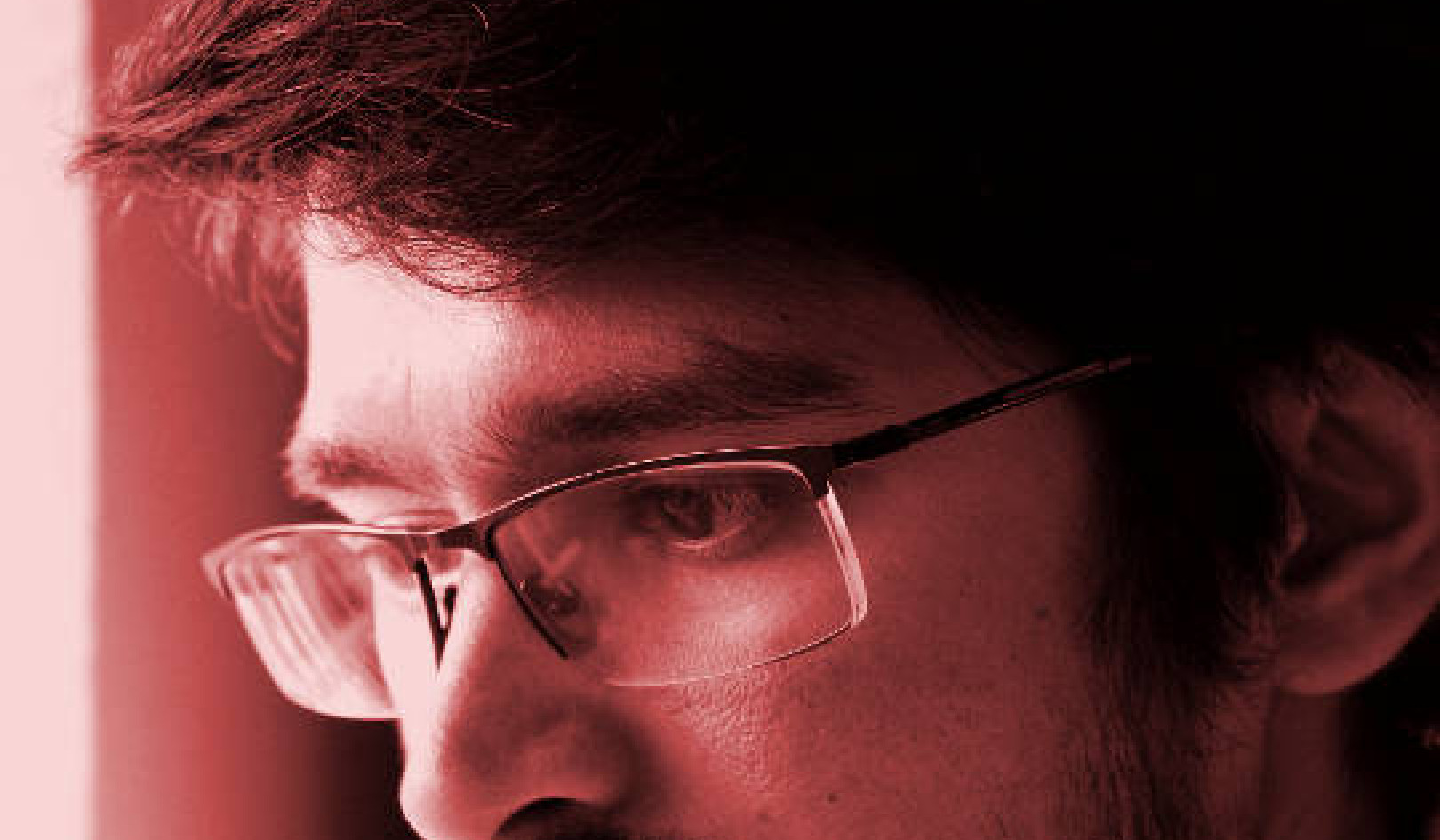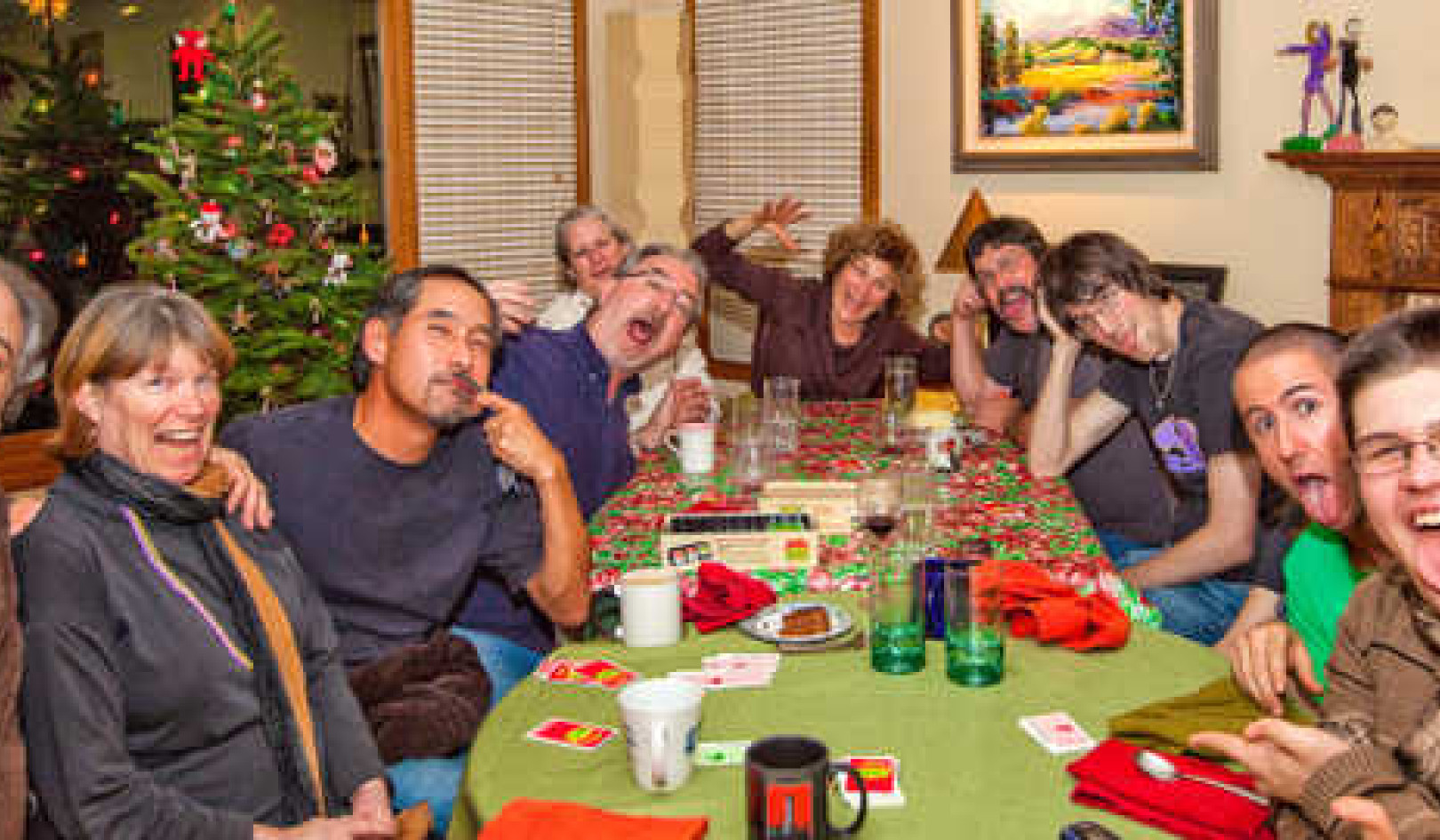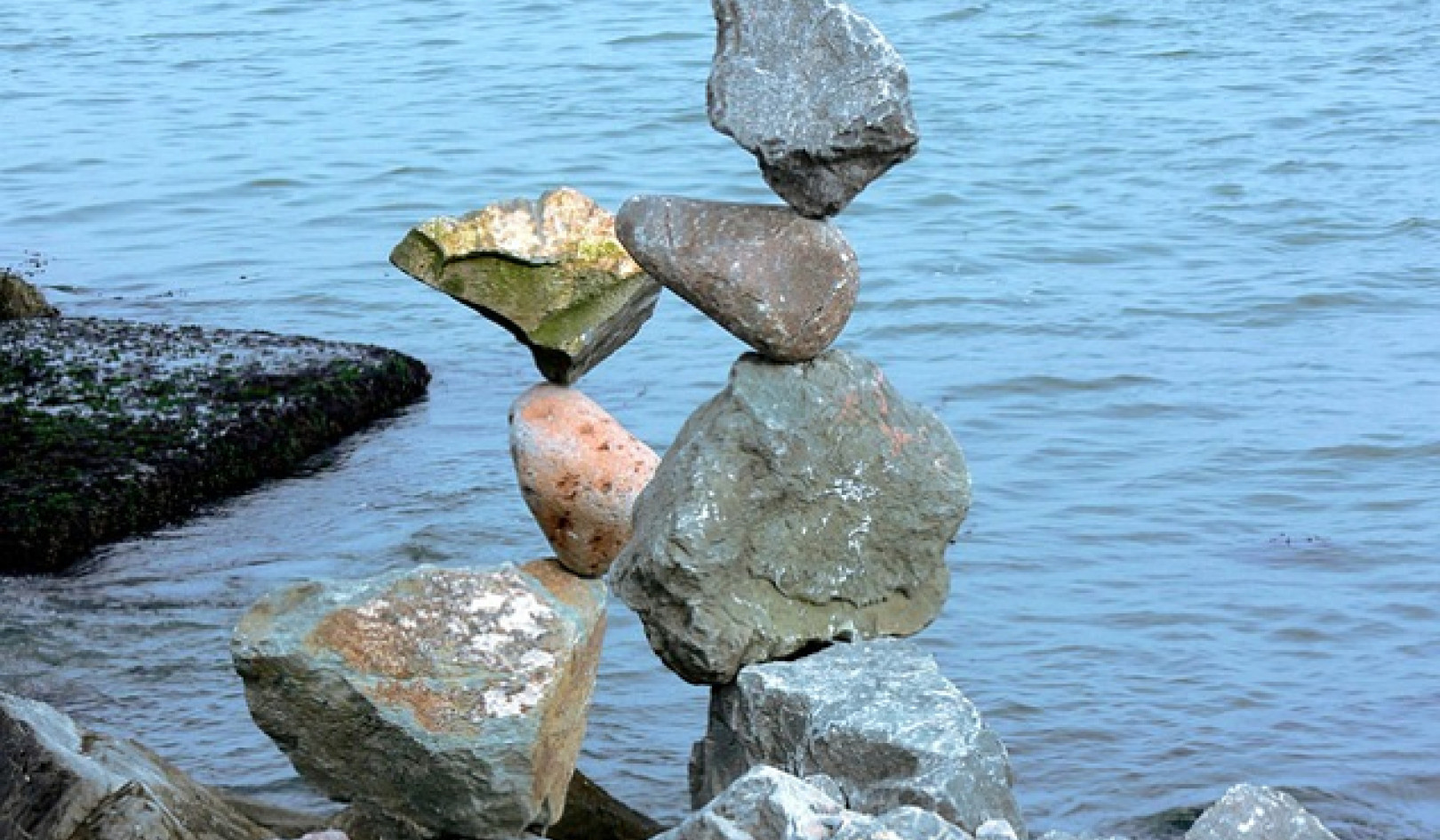
Image by Gerd Altmann
For many of us, the idea of sitting quietly is painful. Many of us like being busy. In our American culture, we are applauded for checking as many items as we can off our to-do lists. It makes us feel we have accomplished much, that we’re going places fast. But many of us are running on empty. We are just whirling, twirling.
When I was visiting my girlfriend on the island of Maui in Hawaii, she and I would notice all the people driving so fast in their usually large cars and trucks. Having just come from the beach where we meditated, wrote in our journals, and took a swim each morning, it seemed comical. She’d say, “Don’t they know this is an island? There is nowhere to go except in a circle.”
You Can Try This At Home
Or we may think we have to take meditation to extremes for it to have an impact. There are some that do silent meditation for twenty- four hours and even meditation retreats for three or seven days or longer. While this may be helpful for those who wish to go deeply into their practice, for the rest of us, we can start slowly. We can learn to meditate at home.
Simply find a quiet place to sit with eyes closed and listen to your own breath moving in and out of your lungs for five minutes a day. Even five minutes can make a difference. Gradually, you can increase this time as you learn to love the process.
Guidelines To Establish A Meditation Habit
Here are ideas for helping you create and establish a new meditation habit to incorporate into your day:
* Choose a time and make it as regular as possible, so it becomes a positive habit—morning to start your day off right, noon for added energy and creativity, or bedtime for a calming connection to Spirit before you sleep. In the beginning, it is important to establish a time that you meditate every day so that you establish and maintain the habit.
* Any time is a good time to meditate. If you wake up in the middle of the night, you can practice these techniques to calm yourself.
* Create a warm, loving, comfortable place that is quiet and relaxing. It can be a rocking chair, an easy chair, or a couch. It is nice if you have a few favorite pictures, flowers, or candles around. This is your sacred space where you remember who you truly are—a creative son or daughter of God/Goddess.
* In the Western tradition, you can sit in a comfortable chair to meditate. Just make sure it supports you so that you can sit up straight and relax. Many Eastern traditions emphasize a straight spine to keep you alert and present, and to keep the energy in your body flowing during your meditation time.
* If you are sitting in a chair, attempt to keep your feet on the ground. You can take your shoes off if you want. This is to ground your energies into the earth and help you stay centered.
* When you’re beginning, it is helpful to read an inspirational thought, prayer, or a line from a book. This helps you slow down, focus on the positive, and prepare for quiet time.
* In the beginning, practice for five minutes and gradually build up to fifteen minutes daily. Increase the time as you become more comfortable and inwardly still. You will begin to look forward to the break in your day.
* Meditation works even though the mind is chattering on and on. Bring yourself back to the breath again and again. Even if you are having a difficult time doing this, meditation will improve your life. Meditation is simple. Consistently showing up to meditate is the hard part.
* There are many rewards—a clear focused mind and a healthier body. In the process of quieting the mind, we connect and align with Spirit. We open the door and Spirit rushes in. When we are connected to Spirit, we will be protected and guided, and our days will be more synchronistic, joyful, and fun. In the flow of the day, if you notice you’ve lost your connection, you can take a break and reconnect.
Breathing Meditation
Begin by focusing on your breath. Breathe in and out through your nose if you can, or mouth if you have a cold. At first, it’s good to take a couple of deep breaths and let out the breath with a sigh or sound. Then let your breath find its natural rhythm. As it does, your mind will follow the breath as it flows in and out of your body.
You might notice that your mind wants to wander and wonder. What we may initially experience is a busy mind, full of repetitious thoughts, flying in and out of our awareness. Some of us have terrified minds that just don’t want to slow down.
If your mind won’t quiet, give it a task to do such as repeating a word that is calming. For example, you can repeat the word peace, love, or joy. Or you can chant a simple phrase, such as “I am a child of God/Goddess. All is well.” Or slowly say a prayer, such as the Serenity Prayer:
God grant me the serenity
to accept the things I cannot change,
the courage to change the things I can,
and the wisdom to know the difference.
Be patient and quietly bring the mind back to the breath and to your words. With practice, you will find your mind calming down.
Body Meditation
In this meditation we focus on how the body is feeling and what is going on with each part. You can do this sitting in a chair, sitting up in a bed, or lying down. Focus on the body and how it feels. Notice any relaxed areas or areas of discomfort. You can breathe into any discomfort.
When you feel comfortable, start with the toes, wiggling them, and then move the feet. Move your focus slowly up the legs and notice how relaxed or tight your calves are. Move up to your thighs, noticing any tension or release. Go into your pelvic region, slowly up your back, and into your shoulders. Is there any tightness? Breathe into your pelvic region and into the core of your body. Do you need to move your shoulders up and down to relax them? As the breath moves into your abdomen, chest, heart, and lungs, just notice the breath and release any tension. Then move down your arms and into your fingers and up again. Notice your neck and head, and your mouth, ears, eyes, and nose.
Also, you can notice any energy sensations or emotions you might be feeling in your body. Or any colors you might see in your mind’s eye. What feels vibrant and what doesn’t?
When you finish, spend a few moments breathing and thanking each body part. After all, your body has carried you so far on this journey!
Chakra Meditation
First, I focus on each chakra, front then back, and ask the angels of light to clear away any dark or negative imprints, to brighten and bring energy to them.
Start at the base of the spine and work your way up the chakras:
The first chakra in the pelvic region is the bright, earth red energy. Give yourself an energy bath of life force. The color expands in your pelvis, flowing down your legs, and then filling your pelvic region, the core of the body, back, shoulders, and down the arms. Then the earth red energy moves up again into your shoulders, filling your head and spilling over into your aura.
Next, see the second, or sacral, chakra, related to sexuality and creativity, located in your lower abdomen, clearing and filling with bright orange light.
The third, or power, chakra in your solar plexus is related to self-esteem and fills with a bright yellow.
The fourth, the heart chakra, is related to love. See it flow with pale green and sometimes pink colors.
The fifth, the throat chakra, related to communication with others and the self, opens and expands with a beautiful blue.
The sixth, the third eye, related to intuition, is indigo, a lovely dark blue.
The seventh chakra, the crown, is located on top of the head and is a beautiful violet color. This is where you connect with your High Self and Higher Power.
End with light and love showering from above.
You will feel much brighter after your color and chakra bath in which the angels have cleared you. What a perfect way to start the day. Don’t forget to thank your angels!
©2019 by Joan Rose Staffen. All Rights Reserved.
Reprinted with permission of the publisher,
Weiser Books, an imprint of Red Wheel/Weiser LLC.
Article Source
The Book of Pendulum Healing: Charting Your Healing Course for Mind, Body, & Spirit
by Joan Rose Staffen
 The Book of Pendulum Healing, suitable for beginners and adepts alike, offers clear, concise instructions for using ancient dowsing techniques, a modern pendulum, and 30 interrelated intuitive healing charts as a spiritual guidance system. The lessons provided are practical--the dowsing process provides concrete, visible-to-the-eye answers and solutions--and other easy-to-learn healing techniques such as communication with the angelic realm, affirmative prayer, meditation, and aura clearing are also included. This profound system opens one's mind to inner intuition and wisdom and addresses many key intellectual, emotional, physical, and spiritual issues. (Also available as a Kindle edition.)
The Book of Pendulum Healing, suitable for beginners and adepts alike, offers clear, concise instructions for using ancient dowsing techniques, a modern pendulum, and 30 interrelated intuitive healing charts as a spiritual guidance system. The lessons provided are practical--the dowsing process provides concrete, visible-to-the-eye answers and solutions--and other easy-to-learn healing techniques such as communication with the angelic realm, affirmative prayer, meditation, and aura clearing are also included. This profound system opens one's mind to inner intuition and wisdom and addresses many key intellectual, emotional, physical, and spiritual issues. (Also available as a Kindle edition.)
About the Author
 Joan Rose Staffen is a writer, artist, and psychic healer. On the spiritual path since her early twenties, she has explored many healing modalities including psychic healing, yoga, meditation, a Course in Miracles, Unity Church principals and prayers, and spiritual response therapy, a dowsing system for deep healing. Currently, she works and plays in an intentional artist community in Santa Cruz, California, called the Tannery Arts Lofts where she provides workshops and psychic healings. Visit her at www.joanrosestaffen.com.
Joan Rose Staffen is a writer, artist, and psychic healer. On the spiritual path since her early twenties, she has explored many healing modalities including psychic healing, yoga, meditation, a Course in Miracles, Unity Church principals and prayers, and spiritual response therapy, a dowsing system for deep healing. Currently, she works and plays in an intentional artist community in Santa Cruz, California, called the Tannery Arts Lofts where she provides workshops and psychic healings. Visit her at www.joanrosestaffen.com.
Books by this Author
at InnerSelf Market and Amazon





























